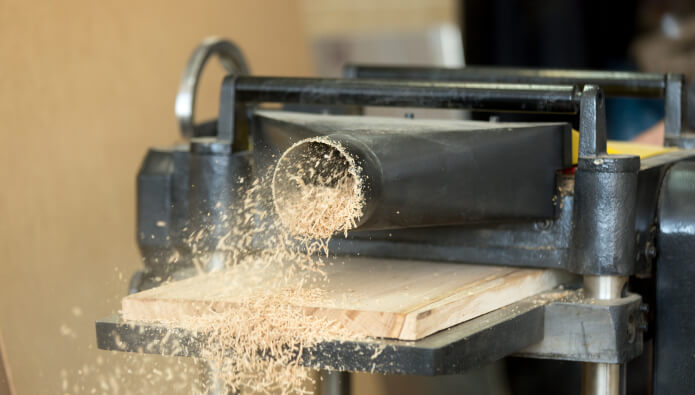Donec vitae hendrerit arcu, sit amet faucibus nisl. Cras pretium arcu ex. Aenean posuere libero eu augue condimentum rhoncus. Praesent ornare tortor ac ante egestas hendrerit. Aliquam et metus pharetra, bibendum massa nec, fermentum odio. Nunc id leo ultrices, mollis ligula in, finibus tortor. Mauris eu dui ut lectus fermentum eleifend. Pellentesque faucibus sem ante, non malesuada odio varius nec. Suspendisse potenti. Read More Blog image post













